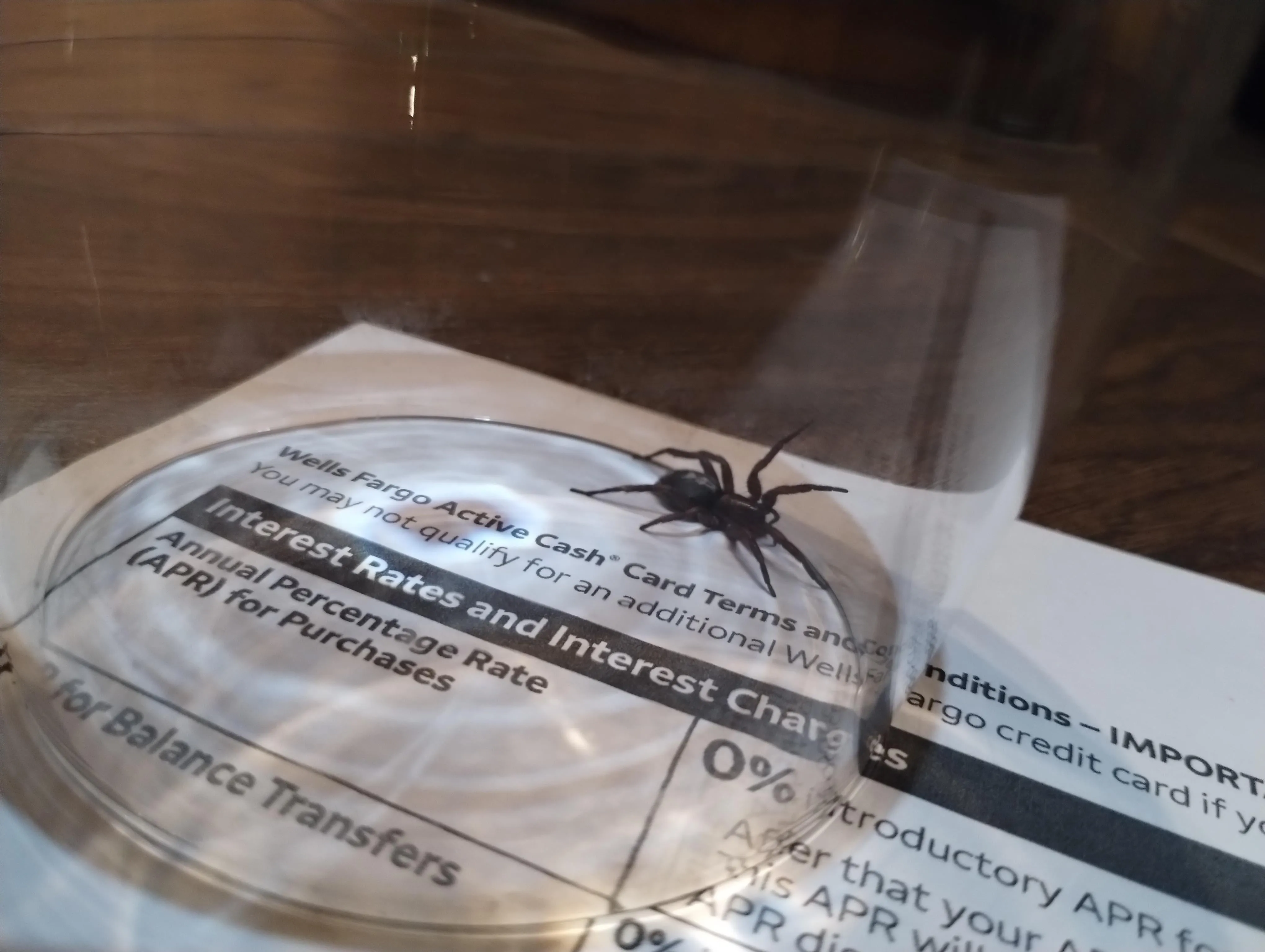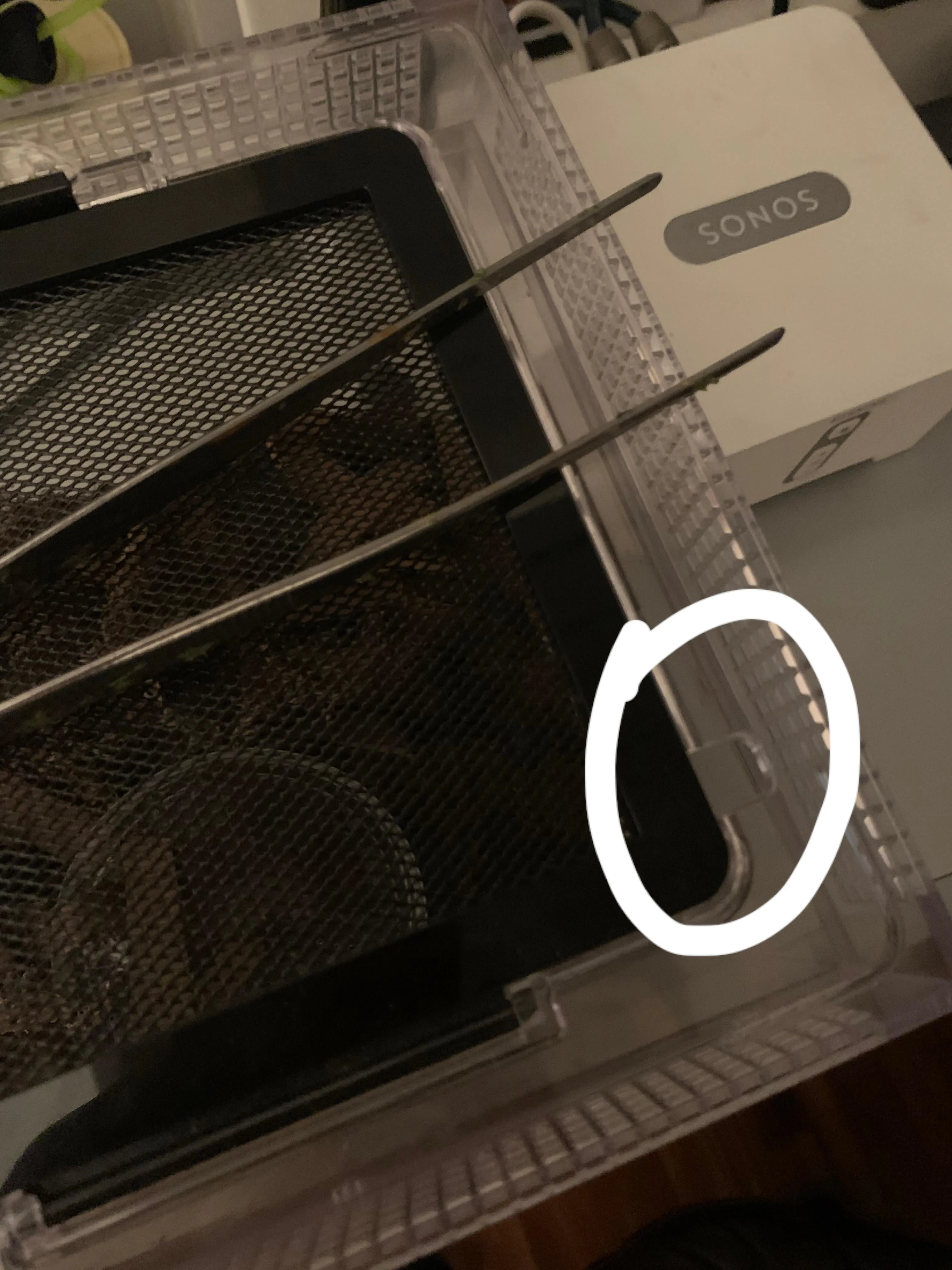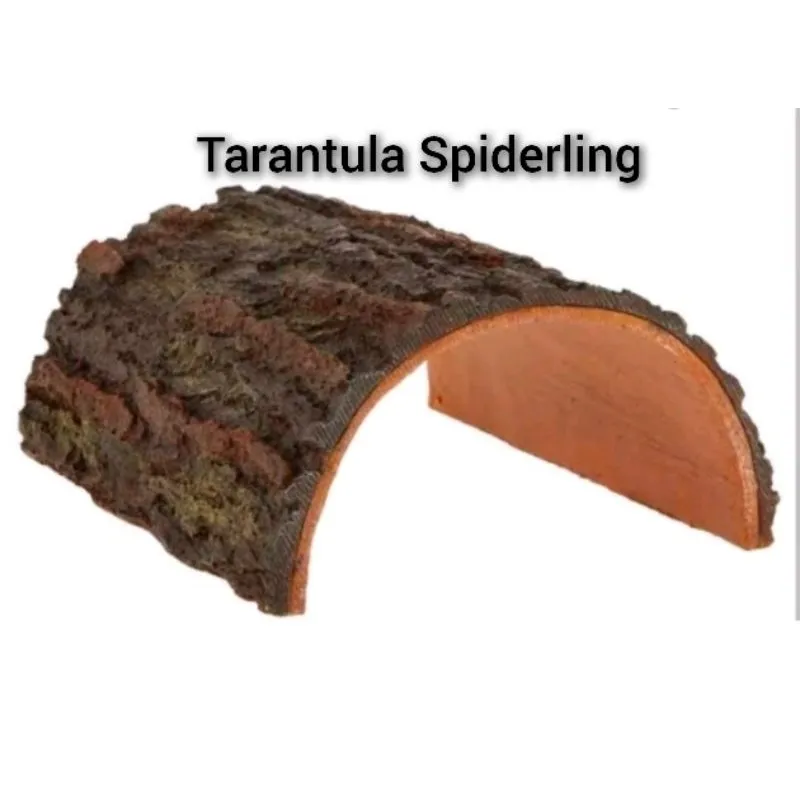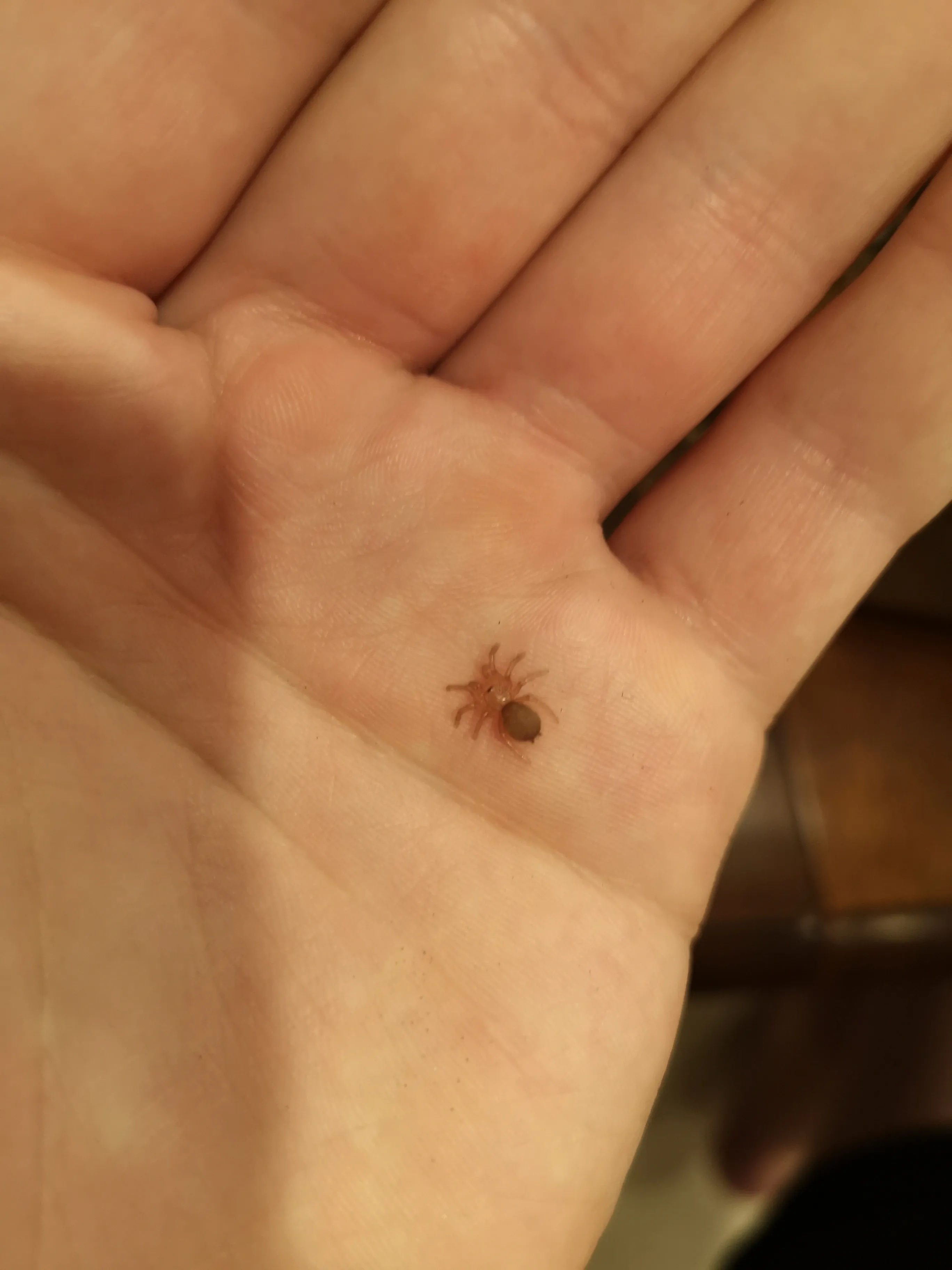Why Your Tarantula Sling Might Escape
The escape of a tarantula sling is a stressful experience for any pet owner. It’s essential to understand the reasons behind such an event. These tiny arachnids are masters of finding their way out, often exploiting vulnerabilities in their enclosures. Understanding these potential escape routes will help you not only find your escaped sling but also prevent future occurrences. Remember that these escapes are rarely intentional; they’re more a result of environmental factors, enclosure design flaws, or the sling’s inherent curiosity.
Understanding the Risks
An escaped tarantula sling can present several risks. Although tarantulas are venomous, the venom of a sling isn’t usually life-threatening to humans, often causing a localized reaction similar to a bee sting. However, the bite can be painful, and allergic reactions are possible. For the sling, the outside world is full of dangers. It’s vulnerable to being stepped on, crushed, or attacked by other pets or insects. It also faces challenges in finding food and water, leading to dehydration and starvation. The stress of being in an unfamiliar environment can also negatively impact the sling’s health and development. Understanding these risks underscores the urgency of locating your escaped pet.
Identifying Potential Escape Routes

Tarantula slings are adept at finding ways to escape. They can exploit even the smallest of openings. Identifying these potential escape routes is vital in preventing future incidents. Common escape routes include gaps in the enclosure lid, loose doors, or areas where the lid doesn’t fit snugly. Examine the enclosure carefully, paying close attention to any potential weak points. Look for cracks in the plastic or glass, and ensure that any ventilation holes are small enough to prevent escape. Check for gaps around feeding doors or areas where you interact with the tarantula. Sometimes, a sling might escape during feeding, cleaning, or other maintenance activities. Being vigilant during these tasks is essential. Regularly inspecting the enclosure and fixing any potential escape routes can significantly reduce the risk of future escapes.
Top 5 Things To Do If Your Tarantula Sling Escaped
When you discover your tarantula sling has gone missing, quick action is critical. The following steps are designed to help you locate your pet and minimize the associated risks. Remaining calm and methodical will substantially improve your chances of success. Remember, every moment counts. Act purposefully and follow these guidelines to ensure the safe return of your tarantula sling.
Stay Calm and Act Fast
The initial reaction upon finding an escaped tarantula sling is often panic. However, remaining calm is the most important first step. Panic can lead to hasty decisions and ineffective search methods. Take a deep breath and evaluate the situation calmly. Immediately begin your search, concentrating on the areas nearest to the enclosure. Avoid making sudden movements or loud noises, as these can startle the sling, making it harder to find. Quickly gather your supplies and mentally prepare for the search. Remember, a calm and focused approach will yield the best results. Think about where your sling might hide and proceed methodically.
Secure the Immediate Area

The next step is to secure the immediate area where the tarantula sling escaped. This involves closing doors and windows to prevent the sling from wandering further and potentially outside. If possible, confine any other pets, such as cats and dogs, to a separate room to prevent them from accidentally harming the tarantula or disturbing the search. Consider turning off the lights, as tarantulas are often more active and easier to spot in the dark. This also helps you use a flashlight or other light source to search dark corners and crevices. Securing the immediate area will contain the search and increase your chances of finding the tarantula quickly and safely.
Search Strategically
A systematic search is crucial for finding a missing tarantula sling. Slings often seek out dark, secluded places. Start your search close to the enclosure, checking under furniture, behind appliances, and in any small crevices. Use a flashlight to illuminate dark areas and look for the telltale signs of a tarantula, such as its legs or body shape. Examine the walls, baseboards, and any areas where the sling might climb. Move objects carefully to avoid startling or accidentally harming the sling. Consider checking inside shoes, under carpets, and around electrical outlets. It’s often helpful to search during the night, as tarantulas are typically more active in the dark. Persistence and a methodical approach will greatly increase your chances of success.
Create a Trap
Setting up a simple trap can be an effective way to capture a tarantula sling. Place the trap in an area where you suspect the sling might be hiding or traveling. A simple trap can be created by using a smooth-sided container, such as a plastic container or a small jar. Place a small amount of water or a sticky substance like honey on the bottom as bait, and make sure the container is shallow enough for the sling to enter easily. Alternatively, you can use a small deli cup with a small cricket inside as bait. Position the trap near the enclosure or in areas where you suspect the sling might be moving. Check the trap regularly, especially overnight, as this is when slings are most active. This can be a passive but effective way to recapture your pet without having to actively search.
Prevent Future Escapes

Once you’ve recovered your tarantula sling, it’s essential to prevent future escapes. The first step is to identify how the sling escaped. Address the enclosure’s issues to ensure it’s secure. Consider a more secure enclosure or modifying the current one. Look for enclosures with tight-fitting lids, secure closures, and appropriate ventilation without large gaps. Ensure the lid is correctly fastened, and the enclosure is properly maintained. Regular inspection of the enclosure and its surroundings is essential. By taking preventative measures, you can significantly reduce the risk of future escapes and ensure the long-term safety of your pet.
Health and Safety Precautions
While the venom of a tarantula sling is not typically life-threatening to humans, it’s essential to take health and safety precautions when dealing with them. Proper handling, environmental cleanliness, and knowledge of potential reactions are crucial for maintaining a safe environment for both you and your pet. Understanding the risks and taking appropriate measures can prevent complications and protect both your health and the well-being of your tarantula.
Handling Bites and Allergic Reactions
Although uncommon, tarantula slings can bite, especially if they feel threatened. If bitten, remain calm and clean the bite area thoroughly with soap and water. Monitor the bite for any signs of allergic reaction, such as swelling, hives, or difficulty breathing. Apply a cold compress to the area to reduce pain and swelling. Most bites result in localized symptoms that subside within a few hours. However, if you experience severe symptoms, such as difficulty breathing, seek immediate medical attention. It’s always advisable to consult a doctor if you are concerned about the bite. Ensure that you have an understanding of tarantula bites and what to do in case of an emergency. Being prepared will help you handle any situation calmly and effectively.
Keeping Your Environment Clean

Maintaining a clean environment is essential for the health and safety of both you and your tarantula. Clean the enclosure regularly to remove any waste, uneaten food, or shed exoskeletons. The cleaning frequency depends on the size of the enclosure and the sling’s eating habits, but generally, a partial cleaning every few weeks and a complete cleaning every few months is a good practice. When cleaning, use appropriate cleaning solutions that are safe for reptiles and arachnids. Always wash your hands thoroughly after handling the tarantula or cleaning its enclosure. A clean environment minimizes the risk of disease and parasites, ensuring the health and well-being of your tarantula sling and creating a safe living space for you.
In conclusion, the escape of a tarantula sling can be stressful. However, with a calm approach and the right strategies, you can locate and recover your pet. By understanding the reasons for the escape, acting quickly, and implementing preventive measures, you can ensure the safety of your tarantula and minimize the risk of future escapes. Always prioritize safety, both for yourself and your pet, and enjoy the fascinating world of tarantula ownership.
